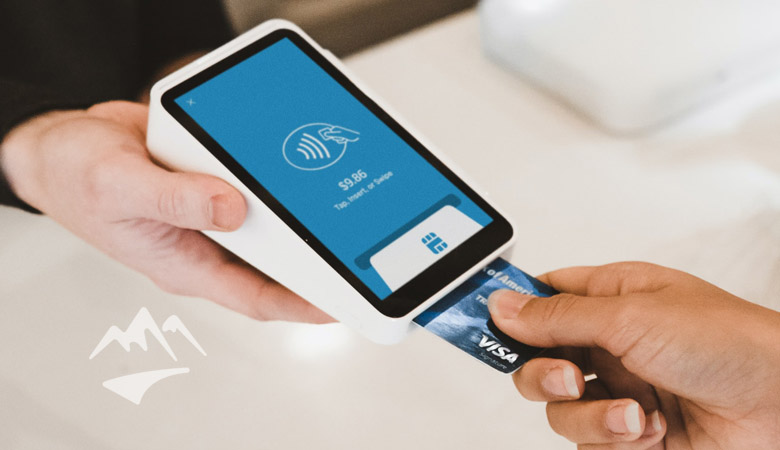Published on
In today's world, the security of sensitive data has become more critical than ever. PCI DSS standards were created to protect credit cardholders' data from theft and fraud. Any organization that accepts credit card payments must comply with these standards. Failing to meet these standards can result in fines, loss of reputation, and even legal action.
At Security Journey, we come across many customers that need to meet PCI DSS Compliance. That's why we create comprehensive, secure coding training with extensive content on PCI compliance topics.
This article will cover the top PCI compliance tips and how secure coding training can help you reach your compliance goals.
About PCI DSS Compliance
PCI DSS is an acronym for Payment Card Industry Data Security Standard. These rules went into effect in 2006, intending to ensure that credit card data is secured in a uniform way.
Visit our Business Guide to PCI-DSS Compliance Training for more information
While every merchant that accepts credit card transactions must be PCI compliant, there are different merchant levels -- and PCI requirements -- depending on your annual transaction volume.
- Level 1: More than 6 million transactions per year (online and regular) or any merchant that has had a data breach
- Level 2: Between 1 million and 6 million transactions per year (online and regular)
- Level 3: 20,000 to 1 million online transactions per year
- Level 4: Fewer than 20,000 online transactions per year or up to 1 million regular transactions
Your merchant level determines your compliance requirements under PCI DSS - smaller merchants (level 4) can submit self-assessments and complete a quarterly scan with an Approved Scanning Vendor (ASV). In contrast, level 1 merchants are subject to more in-depth compliance requirements, including annual third-party audits, network scans, and annual compliance reports.
Read More: What is PCI Compliance?
Top 8 PCI DSS Compliance Tips
Here are eight tips for meeting and staying PCI DSS compliant.
-
Understand The Scope of PCI DSS Requirements
Knowing what systems, applications, and devices in your organization are in scope and need to comply with the standards is crucial. A security awareness program and secure coding training can help educate everyone within your SDLC on PCI DSS requirements. -
Keep Your Systems Updated and Patched
Keeping all your systems updated and patched is crucial in maintaining a secure environment. Make sure to install all the necessary security patches for your operating systems, software, and applications to avoid vulnerabilities. -
Use Strong Passwords and Multi-Factor Authentication
Use strong passwords and multi-factor authentication to protect access to your systems and data. Passwords should be complex and changed regularly. Multi-factor authentication adds an extra layer of protection by requiring users to provide additional information, such as a fingerprint or a security token. -
Use Encryption to Protect Sensitive Data
Use encryption to protect sensitive data such as credit card numbers, social security numbers, and other personal information. In addition, encryption can help protect data in transit and at rest, making it unreadable to unauthorized users. -
Limit Access to Sensitive Data
Limit access to sensitive data to only those who need it to perform their jobs. This can be done by implementing role-based access controls, granting access to only those with a business need to access the data. -
Monitor and Log All System Activity
Monitoring and logging all system activity can help quickly detect and respond to security incidents. You can track any suspicious activity and identify potential threats by keeping a log of all activities. -
Perform Regular Vulnerability Scans and Penetration Testing
Performing regular vulnerability scans and penetration testing can help identify potential vulnerabilities in your systems and applications. This can help you take corrective action before a hacker can exploit these vulnerabilities. -
Develop And Maintain a Security Policy
Develop and maintain a security policy that outlines your organization's security measures and procedures. This policy should be regularly updated and communicated to all employees to ensure everyone understands their role in maintaining a secure environment.
Secure Coding Training to Meet Your PCI Compliance Goals
Secure coding training can help organizations meet their PCI DSS compliance obligations by reducing the risk of security breaches and assisting developers in writing more secure code. By implementing secure coding practices, organizations can not only comply with PCI DSS but also improve the overall security of their payment systems.
Outside of general risk remediation, there are specific requirements that secure coding training can help you meet within the PCI DSS framework.
PCI DSS Requirement 6.5.1 mandates that all custom code developed for payment systems must be reviewed for security vulnerabilities. Secure coding training can help developers learn how to write more secure code by avoiding common coding errors that can lead to vulnerabilities in the system.
PCI DSS Requirement 6.5.2 mandates that organizations implement a process to ensure that any security vulnerabilities found during the code review process are addressed in a timely manner. Secure coding training can help organizations develop this process by training developers on how to identify and remediate security vulnerabilities in code.
Requirement 12.6 mandates that organizations implement a security awareness program that includes training for all personnel. Rather than creating a program from scratch, your organization can partner with a team of experts with all the resources you'll need.
Compliance Is Not Set It and Forget It
Achieving PCI compliance requires ongoing effort and vigilance. Following these tips can help protect your business and customers' sensitive data from theft and fraud. Remember, compliance is not a one-time event but an ongoing process. So stay vigilant and keep your systems secure to protect your business and customers.
If you’re interested in secure coding training for your PCI compliance requirements, you can try our training content today or talk to our team to get started.


